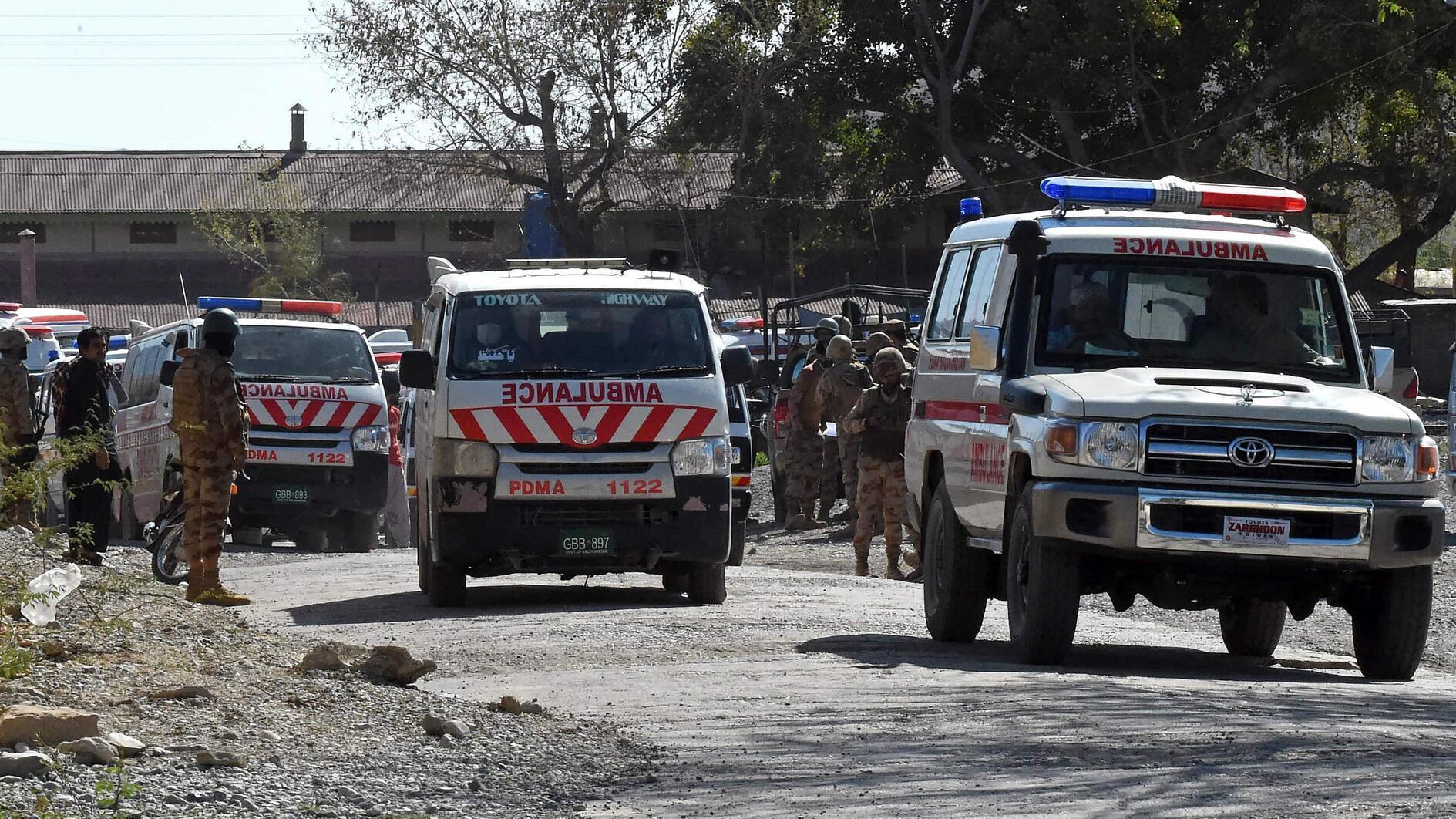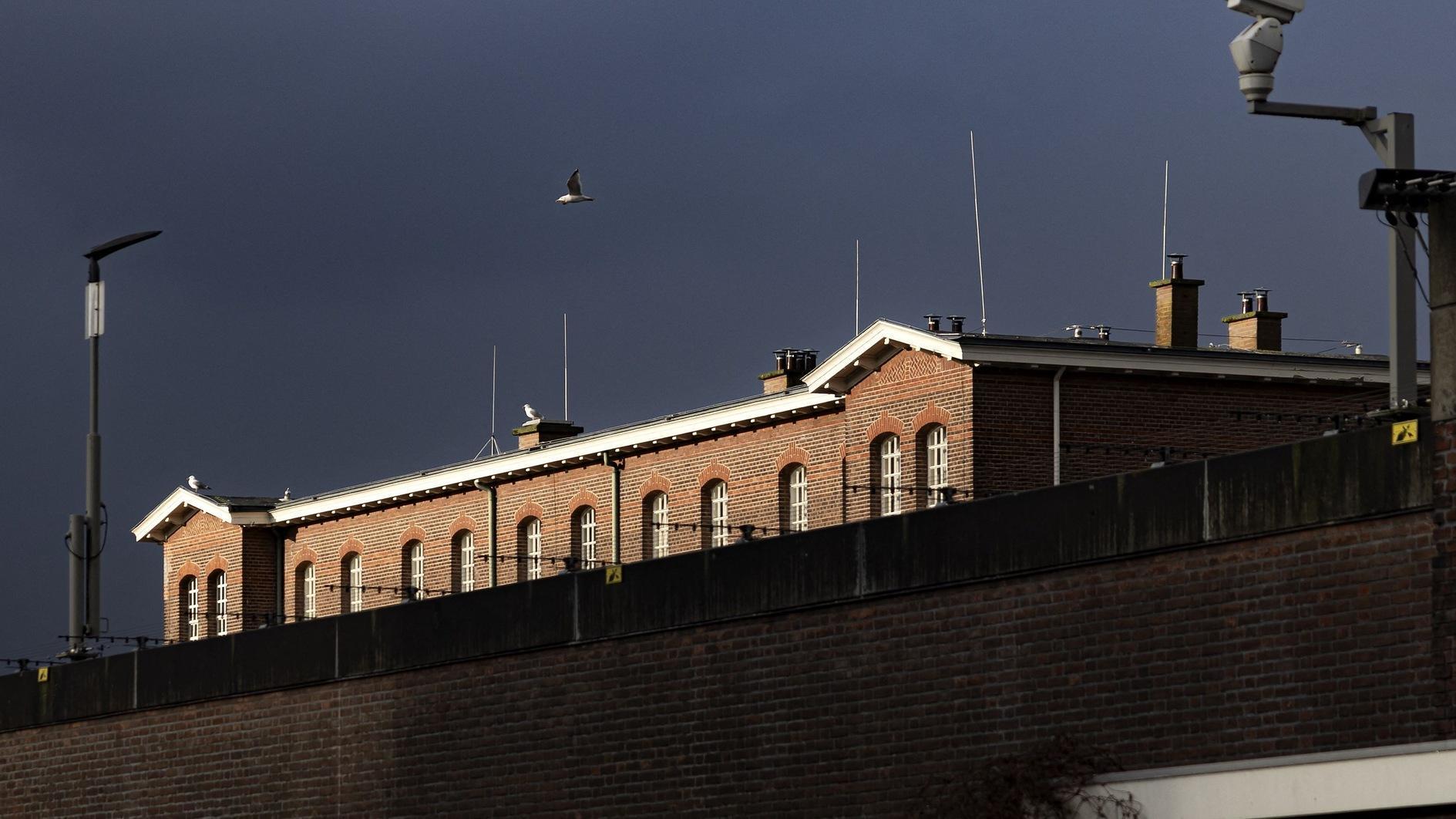The Ottoman Armenian Balyan family
The grave of the Ottoman Armenian Balyan family in Istanbul’s Bağlarbaşı district, on the Asian side of the city, was recently rebuilt as a mausoleum. The Balyan family, who left their marks in many 19th century works of architecture certainly deserve such a mausoleum.
The architect of the mausoleum, Kevork Özkaragöz, said the signature on its wall belongs to Sultan Abdülmecid I, reflecting the Armenian and Ottoman identity of the Balyans. I want to take this opportunity to take a stroll down the history path.
The first “Palace Architect” from the Balyan family was Kirkor Amira Balyan (1764-1831). Kirkor and his brother Senekerim were the first generation of Balyans. Among the second generation of Balyans, the most significant was Kirkor’s son, Garabet Balyan (1800-1866). These were the times of Sultan Mahmud II and Abdülmecid I.
The most outstanding of the third generation of Balyans was Serkis Balyan, who was granted the title “Sermimar-ı Devlet” (Chief Architect of the State) by Sultan Abdülhamit II.
In the words of historian Selim Deringil the state, having turned its face to the West during this period, created “dynasty nationalism” with a series of monumental buildings. This was part of attempts to bring together all Ottomans from all religions.
The signature of the Balyans in these monumental buildings is exceptionally important. Among their buildings that grace today’s silhouette of Istanbul are the Dolmabahçe Palace and the Ortaköy Mosque.
Historian Selman Can points to the significance of the Buildings Assembly Administration in the construction of monumental buildings in this period of Westernization. The old Palace Architects Center was closed in 1831, to be replaced by this institution, which played a huge role in construction projects and tendering areas.
Historian Zübeyde Güneş Yağcı confirms with figures that in the Ottoman era construction sector, non-Muslims were widely hired as workers as well as masters (architects). Particularly after the Greek Rebellion at the start of the 19th century, Armenians - known as the “millet-i sadıka” (the loyal nation) - were appointed to official positions in place of Anatolian Greeks. Because of their Western education and their construction tradition backgrounds, Armenians outperformed many others.
Two names in particular are symbols of these developments: Abdümecid I’s Chief Architect Sarkis Balyan and his diplomat of 25 years, Artin Dadyan Pasha.
Let this be the monument of friendship
Armenians in the top administrative and economic positions were fully integrated into the state. They were always loyal to the state. When the Armenian issue became an international question during the 19th century, a document was submitted to Sultan Abdülhamit II with numerous signatures and seals from senior Armenians, declaring that they did not accept terror and they were loyal to the state.
However, nationalism is a middle-class movement everywhere in the world. And as economic progress and education became more accessible, Armenian nationalism rose.
In his book depicting the eastern provinces, Ali Emiri Efendi from Diyarbakır explains how for centuries warm friendships and trust were built between Armenians and Muslims. They wept together at each other’s funerals and laughed together at each other’s weddings. However, when nationalism came between such intertwined people, they started viewing each other with cold suspicion. Then came resistance movements or secret society members with arms and bombs, just like in the Balkans. Then came disasters, destruction, calamities…
Let the new mausoleum of the Balyan family architects, who have their signatures on the beautiful silhouette of Istanbul, be a monument to the warmest friendship. That friendship should be rediscovered, leaving hatred and feelings of revenge in the past.











